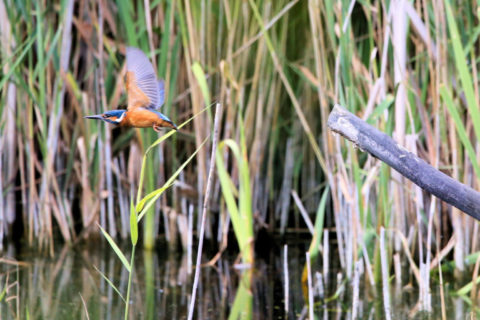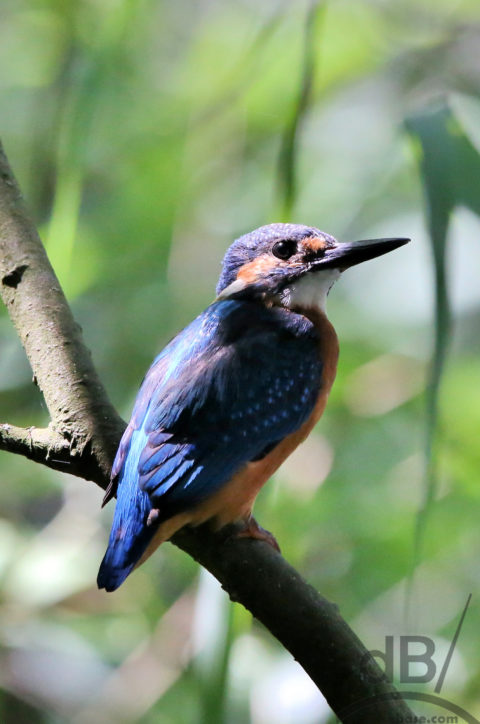The common kingfisher (Alcedo atthis) I wrote about earlier in the year seems not to have taken up long-term residence where I photographed a female in January 2017. Mrs Sciencebase and myself saw others at WWT Welney, as one might expect. But despite watching and occasionally searching, even at a local nature site called Kingfisher Bridge, we didn’t see another until a trip to the National Trust site at Wicken Fen.

Over the pond at the Roger Clarke hide there was a family – male, female and three fledglings. Mrs Sciencebase saw all five while I was staring through a zoom lens and photographing the male who alighted on a branch very close to the hide.

I was hoping to find a current piece of scientific research about kingfishers to share. There was something last year about the kingfisher and other piscivores and tracking the foods they eat, but that wasn’t as interesting as scientific research that suggests that “kingfishers prey upon the most accessible types of prey.” Not quite the earth-shattering breakthrough I was hoping for, basically tells us that kingfishers minimize their energy expenditure when foraging…well, don’t we all?
The common kingfisher’s scientific binomial (the monicker most people call an animal’s “Latin name”) is Alcedo atthis. The word Alcedo is indeed Latin for kingfisher and is derived from the Greek word for kingfisher “halcyon”.
Atthis was the name of a beautiful young woman who in mythology lived on Lesbos and was a favourite of Saphos.